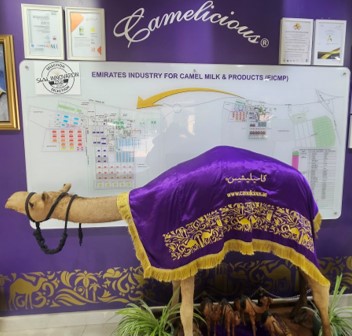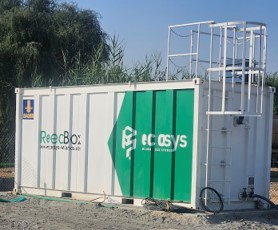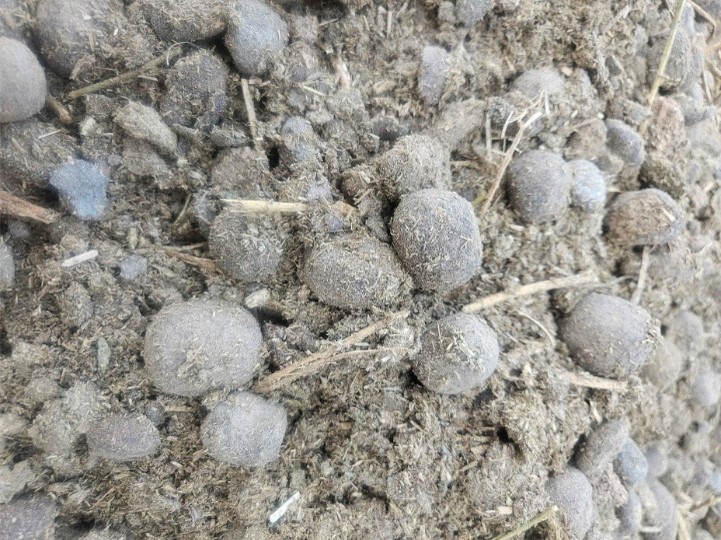Who knew large-scale camel dairy farms are a thing? Not me, until last week that is when I visited Camelicious, an impressive 8,500 head dairy farm in Dubai at the invitation of Viqa Investments (VI). They have just commissioned a small pyrolysis machine to convert a portion of the 10 kg of excrement produced per day per camel.
What do the currently do with the massive amounts of camel doo-doo? The droppings are dropped off at a local dump. One might think that all of this fecal matter might transform the sterile sand into more fertile fields, but the severe lack of water seriously impedes any microbial activity. I visited the dung dump, and it looked like a moonscape with no visible signs of life.
The VI team is experienced at managing a wide variety of waste streams and when asked about alternative management practices for the dromedary doo, they went from ideation to installation in eight short months (in my experience in the biochar world, this is lightning fast). They purchased and shipped a slightly used, containerized unit by CarboForce from Germany to kick off a pilot which will enable them to optimize material handling.
Drying livestock manure prior to thermo-chemical conversion is often a big issue but camels have evolved to minimize the amount of water they excrete. Compared to other domesticated animals their ‘output’ is not only fairly dry, but it is quite hard and round. A day or two in the scorching sun is sufficient for additional drying, but during scale up they plan to have a more mechanical drying solution. Given that camels live in sandy outdoor paddocks and that sand is not good for pyrolysis equipment nor for biochar, a separation step is necessary prior to drying.
Quenching biochar in parched climates can be costly and challenging. VI has figured out a nifty closed loop solution by adding in a mobile water treatment system called ReedBox which uses plants to filter a portion of the dairy’s wastewater which is then used for quenching.
Camel manure has a relatively low carbon content so the carbon content in the biochar is likely ~40%. Still when this operation is scaled up to convert all of the manure (~3.6 tons per camel per year * 8,500 camels = 30,600 tpy) into biochar at 30% yield means that 3,672 tons of stable (dare I say sTURDy) carbon (13.8 kt CO2e) could go a long way towards making this type of farm carbon neutral. Now imagine if this were the de facto manure management practice for the 39 million other camels around the globe!
What are they doing with the biochar? They hope to create different soil amendments to enable more food production in the UAE.







